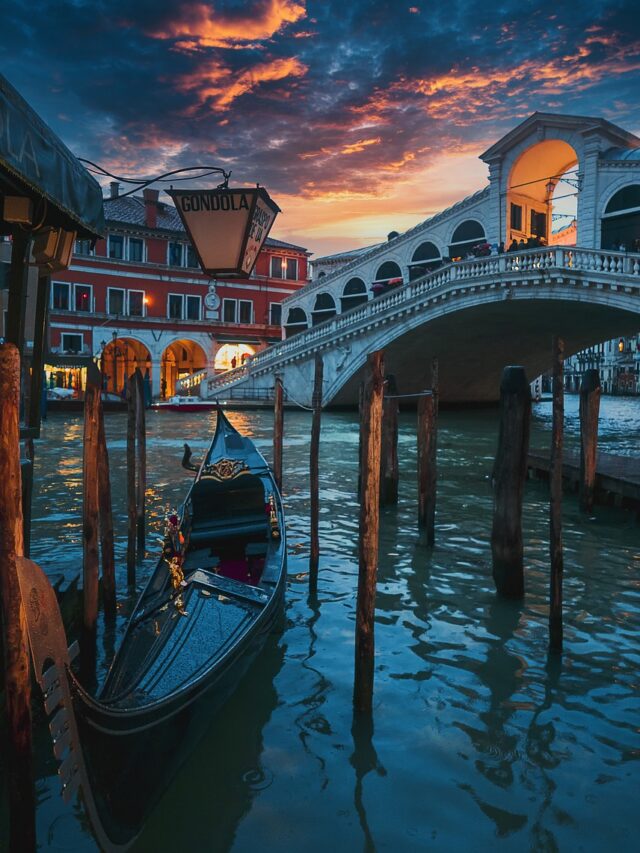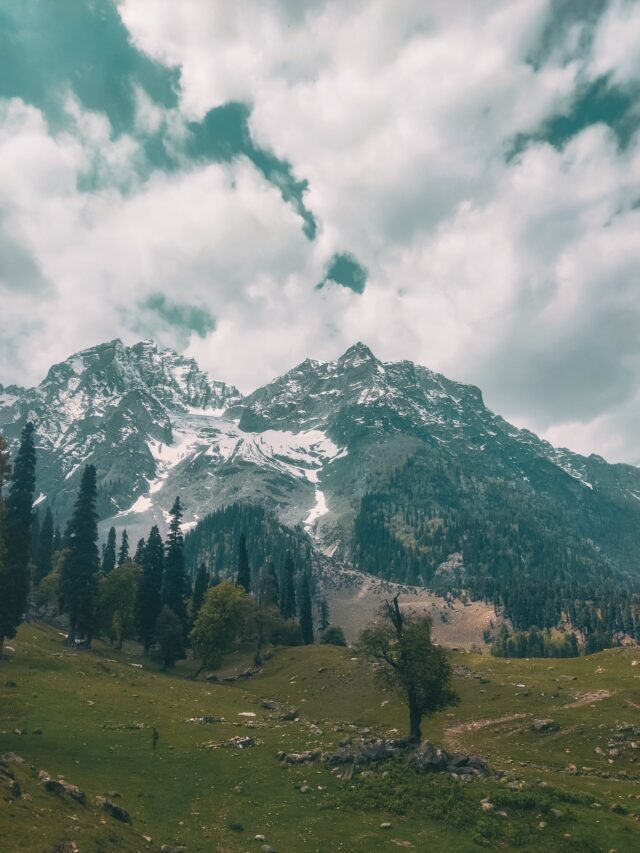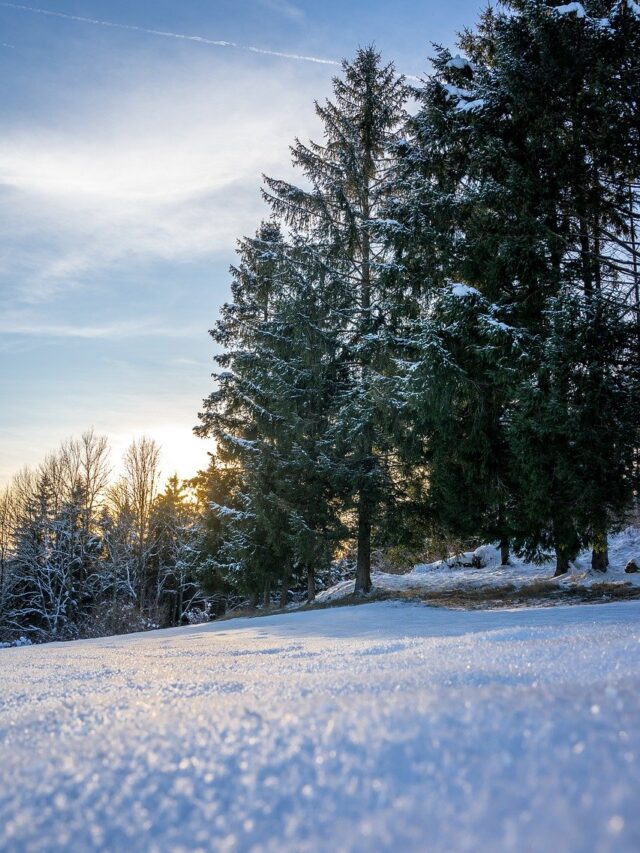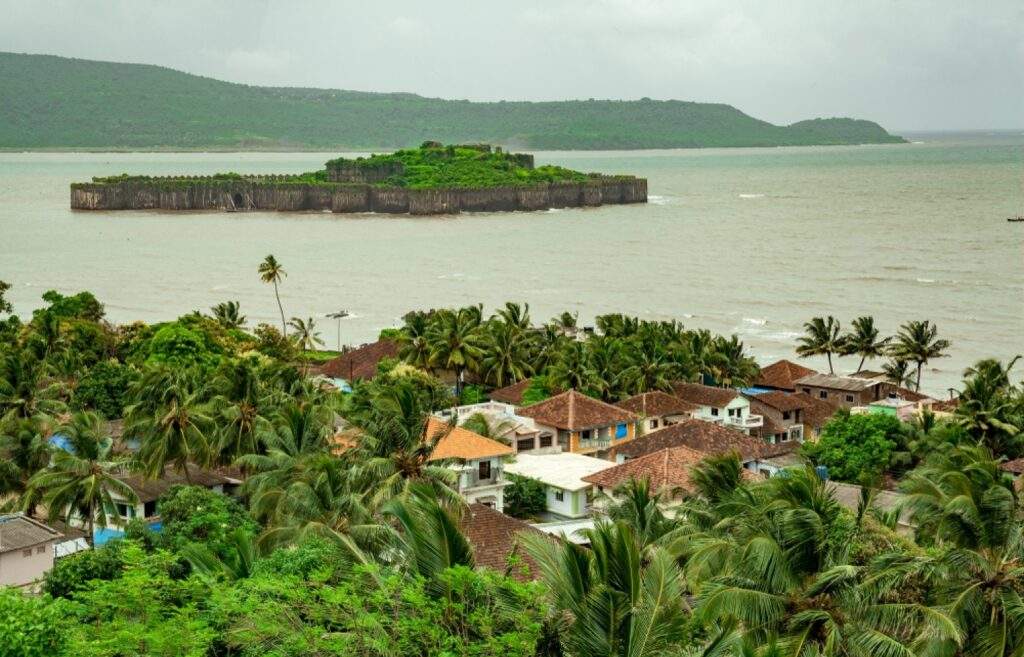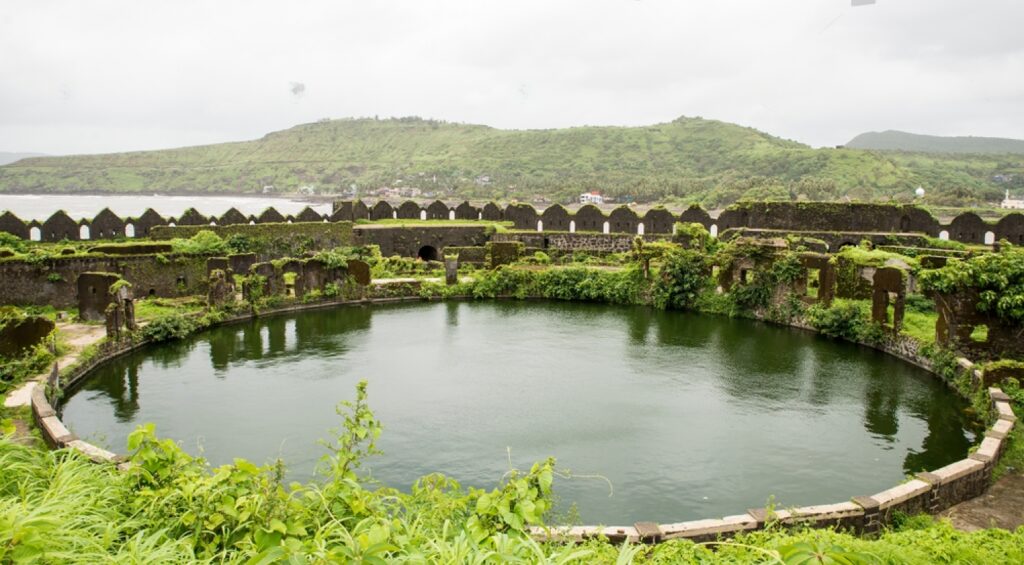Janjira Fort: The Floating Fort
In Maharashtra, Murud Janjira Fort was built in the middle of the Arabian Sea, the most powerful and never defeated by any dynasty. The other name of the Fortis is “Island Fort” and “Fort Mehrob.” This dynamic Fort has sculptures of elephants at the entrance. After entering and walking further into the Fort, you will observe a few cannons facing the ocean to protect the Fort. Earlier, there were 500 cannons in the Fort. Three primary cannons are named “Kalal-Choodi,” “Lund-Kasam,” and “Bhawan.” To attack the fort enemy has to cross the Arabian Sea’s short Water Waves, and then finding the Fort’s gate is another significant challenge. Because the Fort’s main entrance cannot be seen from far while facing the challenge of finding the main gate enemy, the enemy will face cannons that will protect the Fort. The Fort is built of Graphite stones.
History of Murud Janjira Fort
The Murud Janjira Fort has a rich history dating back to the 15th century. The Fort was built by the Siddi dynasty, the African rulers of the region. The Fort was strategically built on an island to protect it from attacks by invading armies. The Fort has withstood several attacks by the Portuguese, British, and the Marathas. The Fort is special since it has 26 bastions to protect it and is surrounded by water on all sides. The Fort’s architecture is a perfect blend of Hindu and Muslim styles. The Fort’s main entrance has beautiful carvings of elephants, tigers, and peacocks. The Fort also has a mosque and a few temples inside.
In the 18th century, the British ultimately took control of the Fort. Presently, the fortress stands as a renowned spot for tourists, drawing visitors from around the globe.
The Fort’s history is a testament to the resilience and strength of the people of Maharashtra. It is a must-visit site for history buffs and anyone interested in exploring the region’s cultural heritage.
How to reach?
You can only reach the Fort by Boat because it is covered with water, and there is only one gate to reach the Fort. The Fort is connected to only one Murud Janjira. The nearest airport to the Janjira Fort is Mumbai Airport. So, forgetting the Fort, you have to reach Mumbai.
Murud Janjira Fort Timings and Entry Fees
The Murud Janjira Fort is open daily to visitors from 7:00 a.m. to 6:00 p.m. The entry fee for Indian nationals is Rs. 20, while foreign nationals have to pay Rs. 100. Visitors can also hire guides at the entrance of the Fort for a nominal fee. The guides are well-versed in the Fort’s history and can provide valuable insights into the Fort’s architecture and significance. To get the most out of your fort tour, it is advised to hire a guide.
The Fort’s timings are subject to change; Verifying the operating hours before making travel arrangements is recommended. The Fort is closed on national holidays and may also be closed on certain days during the monsoon season due to high tides.
The Sidh dynasty ruled the Fort.
We can observe many Mosques and Temples altogether because earlier, there was no caste system; further, you will see tanks and a lake in the Fort.
The main attraction points of the Fort
The lake in the Fort is 60 feet deep. The Fort’s fore ceiling was built unevenly. It helps protect the Fort, a person can see the enemy inside the Fort, but the enemy cannot see outside. The Fort also has India’s 3rd most giant Cannon, “Kalabangi.” The other Fort is, also built by “Shiva Ji Maharaj” beside Janjira Fort named “Padma Durg”.
In the middle of the salty Arabian Sea, the Fort is full of Drinking water from the inside because the Fort has three Wells; presently, two wells are blocked, but the 3rd one is still fulfilling the thirst of people. The king of the fortress built a Sheesh Mahal for the Queen of the Fort. A darbar for meetings, a market for purchasing goods for a living. You can visit the Fort from Madura village only by boat, which is chargeable.
The Fort is in the midst of the ocean, so there are no shops near the Fort or the Fort. You can buy snacks from Feriwala’s (street vendors) who are in the boat. Feriwala’s (street vendor) offers you seafood mainly. These forts show those rituals and lifestyles very differently and show the real culture at that time. A piece of advice from this side; “Always take a tourist guide with you” while visiting the Fort or a historical place because the tour guide will tell you every small specialty about the Fort. You can also hire a tourist guide at the Fort’s entrance to have full historical knowledge about the Fort. Tourists will tell you why every palace, gate, or column’s constructed and functioning.
Best Time to Visit Murud Janjira Fort
The best time to visit the Murud Janjira Fort is between November and February, when the weather is pleasant and cool. The Fort could be closed due to high tides during the monsoon season, which lasts from June to September. The summer months, between March and May, can be oppressively hot and muggy, making fort exploration challenging. Properly organizing your visit is recommended to maximize your trip’s enjoyment and benefits.
Conclusion
The magnificent Murud Janjira Fort has endured the trials of time, remaining a remarkable testament to the region’s rich history. Planning a visit to the Fort can be overwhelming but with this guide,
You possess everything necessary to ensure a truly memorable visit. We’ve covered you, from the Fort’s history to the timings, entry fees, and safety tips. So plan your visit, explore the Fort’s architecture, and soak in the Fort’s history. It is truly a must-visit site for anyone interested in exploring the region’s cultural heritage.





